Are you looking for a contractor?
Submit our quick form and get quotes now!
Table of Contents
9 min read
How to Safely Unclog Your Drain Pipe
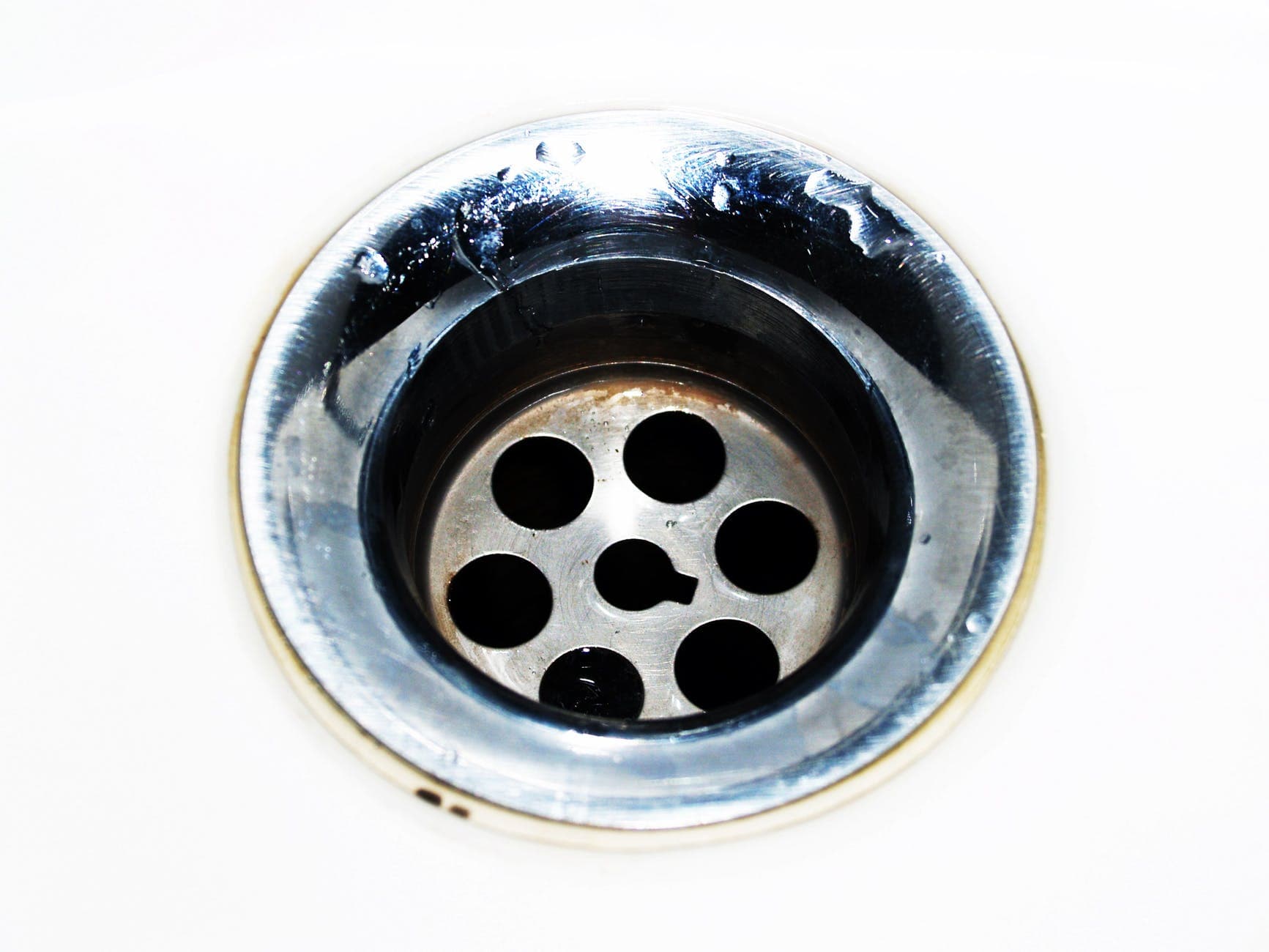

9 min read
How to Safely Unclog Your Drain Pipe
Interior renovationsHow to Safely Unclog Your Drain Pipe
All homeowners dread plumbing issues of any kind, whether due to resulting damage or repair costs. Issues concerning drain pipes certainly instill a legitimate fear in everyone, albeit there are various ways to solve such problems, and hiring a plumber right off the bat isn't always a necessity. However, beware as some quick fixes might result in further pipe damage.
Discover solutions you may want to try out prior to hiring a plumber.
Unclogging Pipes: DIY Techniques
How to unclog a shower drain?
If the issue relates to your shower drain, it may very likely be that your pipes are clogged by an accumulation of hair bunching and forming a makeshift plug. To remove the makeshift plug, you can use long nose pliers or a straightened metal wire hanger.
Although this technique is rather effective in removing large-sized debris clusters, it isn’t as efficient in dislodging plugs that are lodged further down your drain pipe or are simply harder to reach. Since this DIY drain unclogging method can only be used for shower drains, you’ll inevitably need another solution to unclog a sink drain.
How to unclog a kitchen sink drain pipe?
Much like a shower drain, a sink’s drain pipe can clog due to an obstruction. You can remedy this situation by removing and cleaning the P-trap. To prevent messes, make sure to put a bucket or recipient right beneath the pipe prior to proceeding. Also, make sure to wear plastic gloves to avoid touching any grime with your bare hands.
To prevent another instance of the sort, pour two litres of boiling water down your drain once a month. This will dissolve any soap residue left over or stuck to the pipe’s walls. Nonetheless, note that this isn’t a fix-all solution, as it won’t dislodge more substantial clusters like hair.
What products should you use to unclog drain pipes?
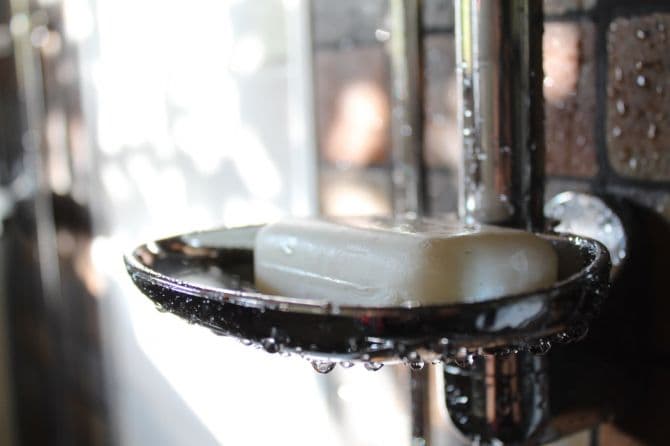
It may be that you really don’t want to unscrew your P-trap. Should that be the case, there are other possible solutions.
Caustic soda
Caustic soda, also known as sodium hydroxide or lye, is available in
microbead form or;
gel.
Microbeads are highly effective when the water level is low, otherwise, it’s best to use a gel solution.
Its pH is highly alkaline, meaning it can dissolve just about any type of makeshift, unwanted plug. Caustic soda is typically sold in hardware stores, but can also be retailed in department stores as a pre-mixed solution.
When purchased in its pure state, proceed as follows:
1 litre of water;
3 cups of caustic soda.
Once the ingredients are mixed together, pour the entire content over the plug, and flush out the pipes with boiling water.
Attention! Get yourself some rubber gloves and protective goggles, as caustic soda can result in severe chemical burns. Furthermore, this product should never be used with PVC pipes.
Biological solutions
Biological cleaning solutions rely on the presence of enzymes and bacteria capable of dislodging organic foreign bodies (grease, food, hair, fur, etc.). However, the treatment period is relatively long since you have to plan for at least four to six weeks to first start seeing results.
Furthermore, the procedure must be repeated numerous times over, and significant changes aren’t to be expected before a period of six months to a year.
This method is especially useful when the piping is fragile, and where only a biological procedure is feasible.
Chemical products: The wrong right idea
Opting for a chemical product isn’t always the best way to go according to plumbers. Chemical products will often cause more harm than good, even if you’re meticulously following the manufacturer’s instructions.
As a matter of fact, based on their formula, the product may attack the drain more than the actually foreign body, especially if you pour too many different products into your drain pipes or if you don’t flush them out fast enough.
Now that’s rather counterproductive, especially since it can also result in significant expenses to replace the damaged apparatus.
Natural solution: Baking soda and white vinegar
Baking soda is the best product to use when attempting to dissolve a kitchen or bathroom sink obstruction.
The user guidelines vary, but the ingredients used in combination with baking soda are always the following:
White vinegar
Coarse salt
Boiling water
You can mix ½ a cup of baking soda with ½ a cup of white vinegar, or 1 tablespoon of baking soda with coarse salt and 1 cup of white vinegar.
Once you’ve poured the concoction down the drain, if the latter starts gurgling, it means the baking soda and white vinegar are having a positive reaction on your clogged drain pipe.
This quick fix is without a doubt natural. However, it can’t dissolve rather large foreign bodies from clogging your drain.
How to Clear a Deep Clogged Pipe: Use a Sewer Rod
Should the idea of using chemical products not appeal to you, you can always use a sewer rod, which is a flexible rod that’s snaked through your drain pipe. The tip of the rod is usually shaped like a bottle opener or features a small brush that pivots on itself. When the rod is inserted into the drain pipe, it dislodges the clog along the way, breaking it down into smaller pieces.
Once the clog is broken down into smaller fragments, the rod working its way through the pipe can be removed. Then, simply turn on the tap and allow water to run for a few minutes to flush out the pipe.
In some instances, the sewer rod will push the obstruction further into the pipe, allowing it to flow into the main pipe, which is wider.
Other Possible Drain Pipe Issues
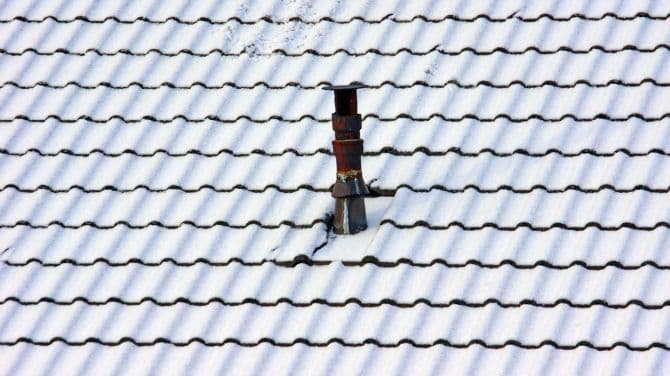
Clogged plumbing vent pipe
A foul odour coming from your laundry room sink or from your shower drain can raise a few eyebrows. However, note that in some instances, the problem might stem from an obstructed plumbing vent.
Before we get ahead of ourselves, bear in mind that this roof-bound device allows air to enter and exit your piping to balance out the different pressure levels found inside the piping.
That said, water can easily seep out instead of stagnating within the piping. That’s the reason why a vent obstructed by snow, ice, or a bird’s nest must be cleared. Quickly fixing this problem could prevent a lot more issues. If you’re looking to max out your chances of not having to deal with a similar issue again, you can install a perforated sheet atop it. Doing will will prevent debris and other foreign bodies from entering the pipe, while still allowing for proper air flow within the piping.
If the foul odours seeping out of the piping point to a clogged plumbing vent, another telltale sign will be the slow draining of the water. Therefore, keep an eye out (and be mindful of odours) to quickly detect any obstructions in your pipes!
How to Clear an Underground Pipeline: Drains and Septic Tanks
Suitable solutions
There are two:
Sewer rod
Garden hose
The benefit of using a sewer rod is that it can be snaked into just about any type and shape of piping. As long as it’s long enough to reach the other end of the pipe, it’s the best tool out there. Moreover, some sewer rods can work paired with an electric drill (drill snake).
If you don’t own one, or for whatever reason it’s not getting the job done, you still have the garden hose option available. The goal here is to shoot water down the pipe to dislodge the obstruction or break it down into smaller pieces.
Boiling water, baking soda, and other chemical solutions can also be practical. However, besides baking soda, the risk of damaging the piping isn’t unlikely.
Why it’s important to regularly maintain septic tanks
Legally speaking, you should pump your septic tank once every two years if used year-round, and once every four years if used seasonally. Septic tank maintenance
limits the risks associated with contaminating the water table;
maintains a functional field drain;
prolongs its service life;
ensures its proper functioning.
To that, add the fact that a properly maintained septic tank doesn’t require any additional bacteria or enzymes. It maintains balance, which allows it to work accordingly.
Pros and Cons of DIY Job According to a Professional Plumber
The benefits of a DIY pipe-clearing job
According to the Corporation de maîtres mécaniciens en tuyauterie du Québec (CMMTQ), a plumber’s standard hourly rate is $106.93. Yet, said association doesn’t regulate plumbers' rates. Therefore, you’ll find that some plumbers have cheaper rates than others.
Some plumbers charge $70 per hour, but spike their hourly rates to $90 on public holidays, and over $100 on Christmas Day or New Year’s. Their fees also depend on your geolocation as plumbers charge significantly higher rates in cities like Québec and Montréal.
When you unclog a drain pipe yourself, you bypass having to choose between plumbers based on their hourly rates or having to choose the faster one out of the bunch.
Above all, pipe-related issues can suffer from repeat occurrences. If you've already unclogged a pipe yourself, surely you can do it again if need be.
However, this is where DIY pipe clearing has its limits. In fact, when dealing with recurring pipe obstructions, the root cause may be your kitchen sink or toilet drain.
When should you hire a specialist?
You aren’t able to clear the pipes yourself
Ongoing obstructions
When the obstructions start multiplying, and every week you have the privilege of unscrewing your tub’s or sink’s P-trap or snaking your toilets, it’s highly likely that the problem stems from elsewhere.
Plumbers have the right tools:
Inspection camera
Drain cleaner machine
Pump-action pipe cleaner
Plunger
Vacuum pump kit
The hired plumber won’t only identify the blockage but also pinpoint the root cause of the problem. In cases of recurring issues, it’s possible that the underlying issue stems from the main pipe, such as improper installation (the elbows, for example).
It might even be that a tree’s root has dug itself into your piping, creating the blockage that’s been given you a hard time. In such instances, only the involvement of a professional plumber can give you peace of mind.
How much does it cost based on the selected approach?
If a plumber carries out a camera inspection, the cost will range between $230 to $2,600. The price discrepancy depends on the following:
The property
Length of pipeline
Accessibility level
When using an electric drain snake, vacuum pump kit, or pressure washer, the cost will ultimately depend on the amount of time taken to unclog the pipe. Considering the hourly rate, don’t expect to pay anything less than $100, and transportation fees aren’t included.
However, the plumber will fix your clogged pipe problem long term. Therefore, you’ll only need to regularly maintain your pipeline to prevent any problem of the sort later down the line.
Products and Tools: Summary of Pipe Clearing Methods
Pros | Cons | |
Electric products | Very efficient No physical activity The flexible rod can measure up to 115 feet (35 m) Easily cleaned post-usage | Can damage piping if incorrectly used |
Liquid products | Prevent having to dismantle toilets or P-trap Quick fix Doesn’t require boiling water | Can damage piping depending on the amount of product used Is an environmental hazard |
Cables | Resistant and durable Unlikely to coil Very flexible | Can damage piping if incorrectly used |
Sewer rod | Flexible Reusable Can reach far away areas Dislodges big and solid obstructions | Can damage piping if incorrectly used |
Want to learn more about the most common plumbing issues? Check out our article on the matter!
Get 3 renovation quotes for your plumbing project
RenoQuotes.com will put you in contact with 3 reliable contractors for your plumbing project. Fill in the form on our homepage (it only takes a few minutes), and you will receive quotes from trusted professionals.
Dial 1-844 828-1588 to speak with one of our customer service representatives.
Last modified 2023-11-07
Looking for something else?
Related articles
The latest industry news, interviews, technologies, and resources.
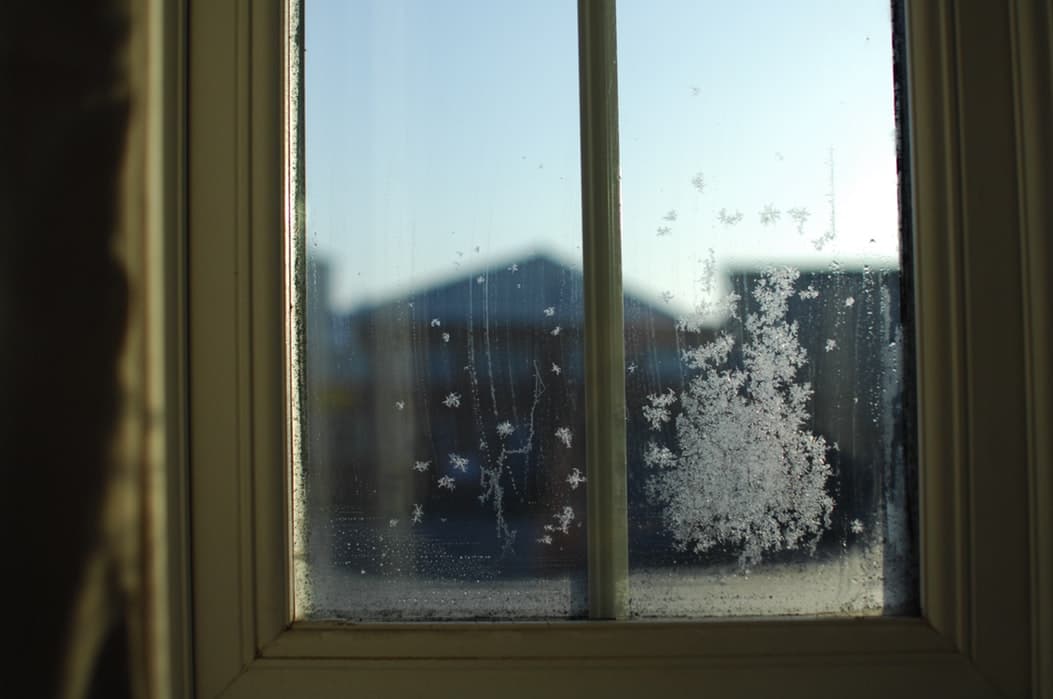
N/A • 07 Nov 2023
Without a doubt, windows are an excellent barrier against the outside elements, which is ultimately a testament to the harsh weather conditions experienced at times.

RenoQuotes.com • 07 Nov 2023
For many aspiring homeowners, buying a home doesn’t necessarily mean opting for something new. In fact, some may have their eye on a home that was built several, even many years ago.

Léa Plourde-Archer • 07 Nov 2023
Ceramic is a highly-resistant and versatile material that is known for being both practical and aesthetically pleasing. Adapted to all tastes, it is sold in the form of tiles that are offered in a wide variety of colours, shapes and textures. There is something for every budget, as prices vary, among other things, depending on the quality of the material and shape of the tiles.
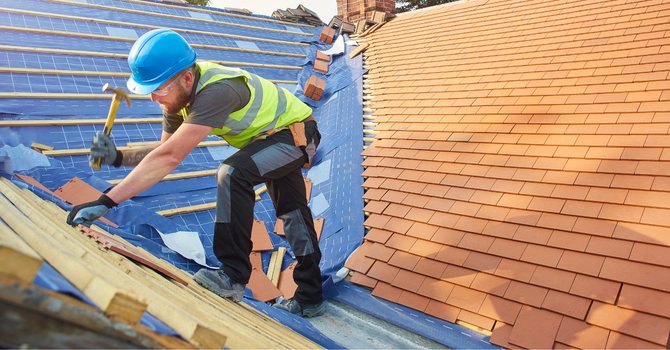
Léa Plourde-Archer • 07 Nov 2023
As one of the main structural elements of your home, you must take proper and deliberate care of your roof. Of course, even with the best maintenance practices, there eventually comes a time when you’ll need to fix your roof. But how can you approach this large-scale project?
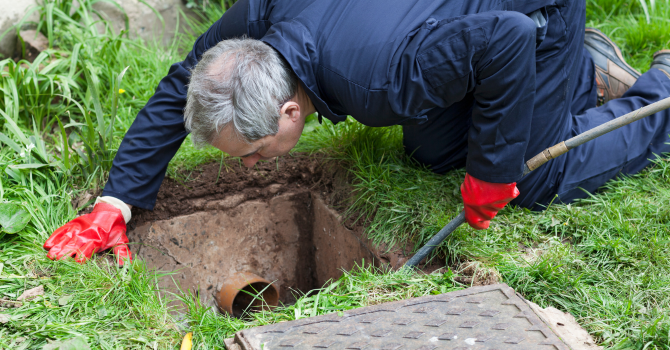
RenoQuotes.com • 25 Jan 2024
Needless to say, the long-term durability of a house depends heavily on the lack of seepage, above all in the foundation. Excessive humidity can have devastating and damaging long-term effects, both on your home and your health. Moreover, mould and bacteria growth can end up being very costly.